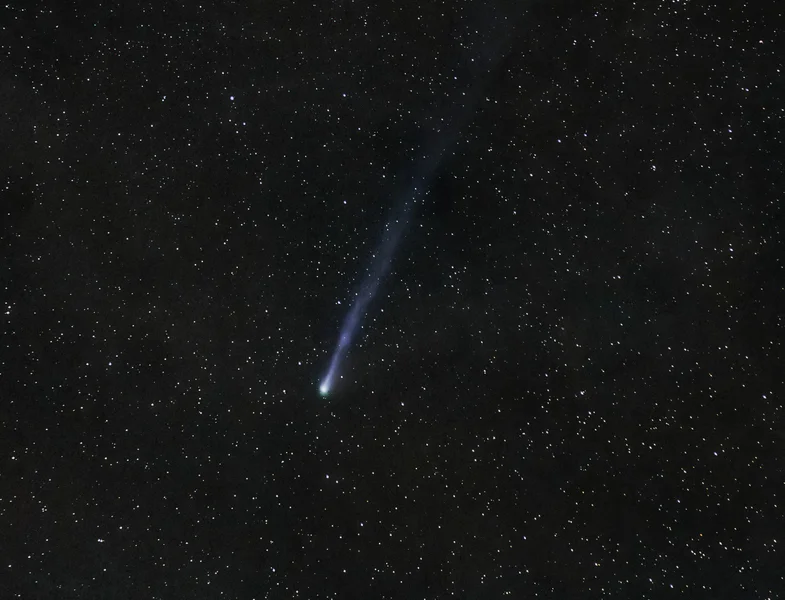Look up for ‘Devil’s Comet’ of our lifetime
A once-in-71-year astronomical event is unfolding in our night skies, with the Devil's Comet about to reach its brightest. Here's how to see it from the Sunshine Coast.

The Devil’s Comet is making its way past Earth for the first time in 71 years, and this weekend could be your best opportunity to see this rare spectacle of the night sky.
The comet is officially named 12P/Pons-Brooks but also known as the “Devil’s Comet” or the “Mother of Dragons Comet”.
The comet, likely appearing as a fuzzy star to the naked eye, is set to be brightest on April 21, when it reaches its closest point to the sun.
However, it will continue to be visible in the following weeks, slowly becoming fainter.
It’s a keen reminder of the wonder to be found in our night skies, as Sunshine Coast Council progresses its proposal to establish a Dark Sky Reserve in our region.
Tips for spotting the comet
Timing and location are key to spotting the Devil’s Comet as it makes its way across the Southern Hemisphere’s skies.
Head to a dark location on a clear night with a clear view to the western horizon, as the comet will be very low in the west.
The short window of time to seek the comet is just after sunset, before the comet disappears over the western horizon.
Take binoculars or a telescope if possible: the comet may be visible to the naked eye as a fuzzy star, but these items could increase your chance to see the comet’s tail as it expels gas.
For the Sunshine Coast, night sky viewing conditions will be most favourable in our hinterland areas, where excellent night sky quality has been measured.
If you don’t manage to catch the Devil’s Comet, you’ll have another chance in October when the newly-discovered Comet C/2023 A3 (Tsuchinshan-ATLAS) visits with the Southern Hemisphere best-positioned to watch it pass.
Protecting our dark skies
Dark sky measurements show excellent quality night sky in areas around the Mary River Catchment, where Council is proposing to establish a Dark Sky Reserve for our region.
A Dark Sky Reserve could help preserve our night skies and brilliant stars for the future.
Dark night skies with plenty of visible stars have benefits for community wellbeing, retaining character of hinterland areas, promoting astro-tourism for hinterland businesses and is also important to our native wildlife that need to move, feed or reproduce safely at night.
The proposed area encompasses 873 square kilometres in the Mary River Catchment and connected national parks, covering 38 per cent of the Sunshine Coast region.
You can find out more on Council’s website.
This year Council will invite the community to provide feedback on the proposal.
Register or update your preferences at Council’s Have Your Say website to receive notifications of upcoming community engagement activities and help to shape the future of our night skies.
Steps to reduce light pollution at your place
You can help protect our dark skies by ensuring outdoor lighting is:
- Useful – Use lighting only if it has a clear purpose
- Targeted – Direct lighting so it falls only where it is needed or use shields on lights
- Low level – Keep lighting no brighter than necessary
- Controlled – Use controls such as timers or motion sensors to ensure light is only on when required
- Warm coloured – Use warmer coloured lights with low blue-violet light where possible.